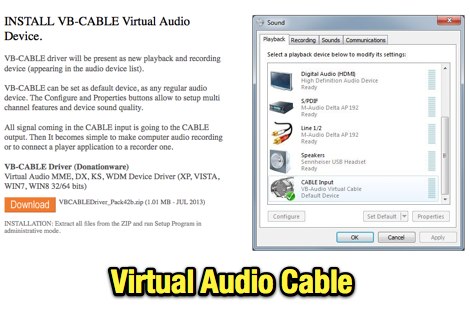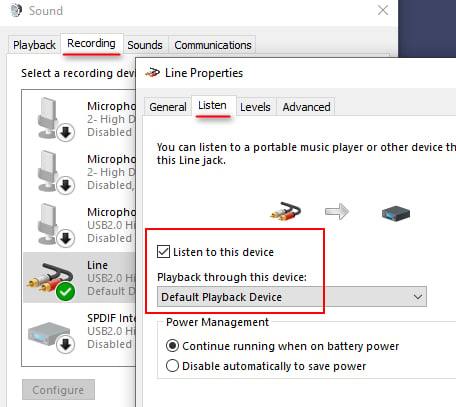


SysAudio reserves the registry category KSCATEGORY_AUDIO_DEVICE exclusively for its virtual audio devices. The KsStudio utility in the Windows Driver Kit (WDK) is an example of an application that bypasses SysAudio and allows users to construct filter graphs manually.įollowing PnP device enumeration, SysAudio takes stock of the registered audio hardware and software components in order to determine how to construct the various audio filter graphs that its clients might require.Īfter determining the list of filter graphs that it can build from the available hardware and software components, SysAudio registers these graphs as virtual audio devices for playback, recording, MIDI input/output, and mixing. SysAudio's clients include DirectSound and the WDMAud system driver, which serves as the interface between WDM audio drivers and the audio-specific Microsoft Windows Multimedia APIs waveIn, waveOut, midiIn, midiOut, mixer, and aux (described in Microsoft Windows SDK documentation). The system audio driver (SysAudio) uses the available hardware and software components to determine the filter graphs to build.įor more information about the system audio driver, see SysAudio System Driver. They work much like each other and offer few, minor changes.Virtual audio devices represent the filter graphs that render and capture audio content. You can also use hardware connections with VM and VB, so you have more flexibility in audio links. Yes, both VB Cable and Voicemeeter are free to use while offering different settings.

You can use it on computers running Windows XP or later. Voicemeeter has the most attractive design among the three alternatives. All three lack compatibility across platforms, unfortunately. VB-Cable and Voicemeeter are free, while VAC is not. Its use of excessive jargon is also off-putting. The interface is poorly designed and has little appeal. However, the software is rather difficult to use.Įven though it has a user manual, unlike VB-Cable, VAC falls short in every way when considering design. You will find the quality of the output to be the same as the input.

When you use VAC to create a virtual cable to transfer audio, there should be no worry of latency in the link when it connects to an application. Why would you have a physical audio connection when you can have a virtual one? VAC helps create virtual audio connections.


 0 kommentar(er)
0 kommentar(er)
